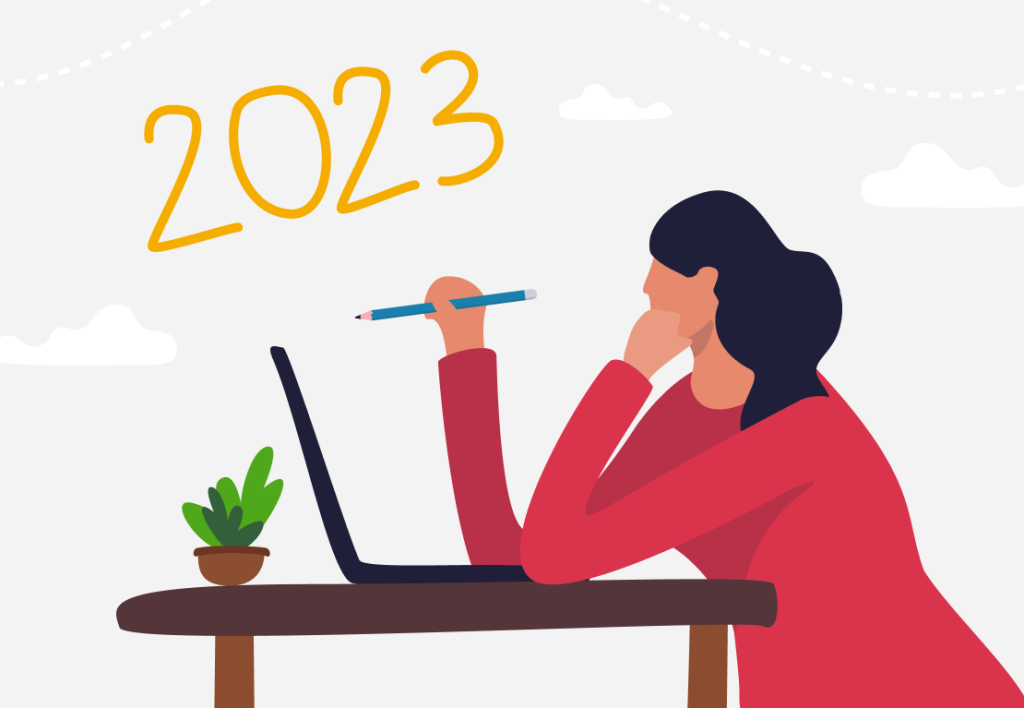DeskTime blog
You can read our Case studies and latest news in the productivity industry
The only 5 productivity books you’ll ever need
If you’re looking to improve the way you work, then exploring productivity books can offer valuable insights into developing effective habits, techniques,…
Email usage among American employees in 2022
At DeskTime, we love diving into data, and today we’re tackling an exciting topic: the email habits of our American users in…
Email habits of European workers in 2022
At DeskTime, we are passionate about data analysis, and today we will be focusing on the email usage trends of our European…
What to do if you’ve been laid off?
If you’ve just received the news that you’ve been laid off, you’re not alone. Large companies such as Amazon and Goldman Sachs…
How to raise prices for your services (email template included)
Raising prices for your services can be a difficult decision to make – but it is often necessary in order to sustain…
3 New Year’s resolutions everyone should focus on in 2023
2022 is almost over, and it’s a fitting time to reflect upon the past year and envision the upcoming one. The tradition…
Want to get the most out of your time?
Try DeskTime for free!
Try free for 14 days · No credit card required.
By signing up, you agree to our terms and privacy policy.

How to deal with productivity dysmorphia
Productivity dysmorphia is a condition characterized by an unhealthy attitude toward productivity. It can involve thinking that one is never doing enough (despite contrary evidence), having unfounded fears about being confronted about one’s performance, constantly comparing one’s productivity to that of others – or simply trying to do too much all at once.
Outdated career advice that is no longer relevant
Today’s work environment is radically different from what it was even a mere five years ago, thanks to Covid. Being old-fashioned has its charms, but it probably won’t do you any favors in today’s job market. To help you, we have collated a list of career advice tips that most likely no longer hold true.
Invisible labor – how to expose and dispose of invisible workload
Back in 1987 sociologist Arlene Daniels coined the term “invisible labor”, and since then we have become increasingly aware of its various forms and ramifications. In some industries workers spend up to 33% of their daily work time doing invisible labor.








